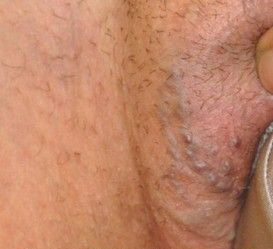Vaginal varices are a type of venous disease, similar to other varicose veins. Most commonly, they are found in the vaginal area, as the name suggests. Vulvar varices, observed on the vaginal lips, are no different from vein dilation seen in the legs; in fact, they are interconnected. This is because the veins that originate in the legs progress upward and have branches in the genital area. Therefore, having varicose veins in the genital region will also result in their presence in your legs.

Complaints:
Patients with complaints may experience discomfort during walking, a sensation of swelling in the vaginal area, a feeling of pressure, itching, pain, a palpable mass (the dilated vein itself), and pain during sexual intercourse. Spontaneous bleeding from these dilated veins is quite rare. However, severe and life-threatening bleeding can be observed in tears occurring in the perineal region during normal childbirth, in open episiotomies, or in injuries to the vaginal wall.
How is Vaginal Varicose Vein Treatment Done?
Since the treatment is generally no different from normal vein dilation, methods such as laser and radiofrequency are usually ineffective for vaginal varices. Therefore, sclerotherapy and foam sclerotherapy methods are applied. You can regain your health without surgery in as little as 10 minutes.


